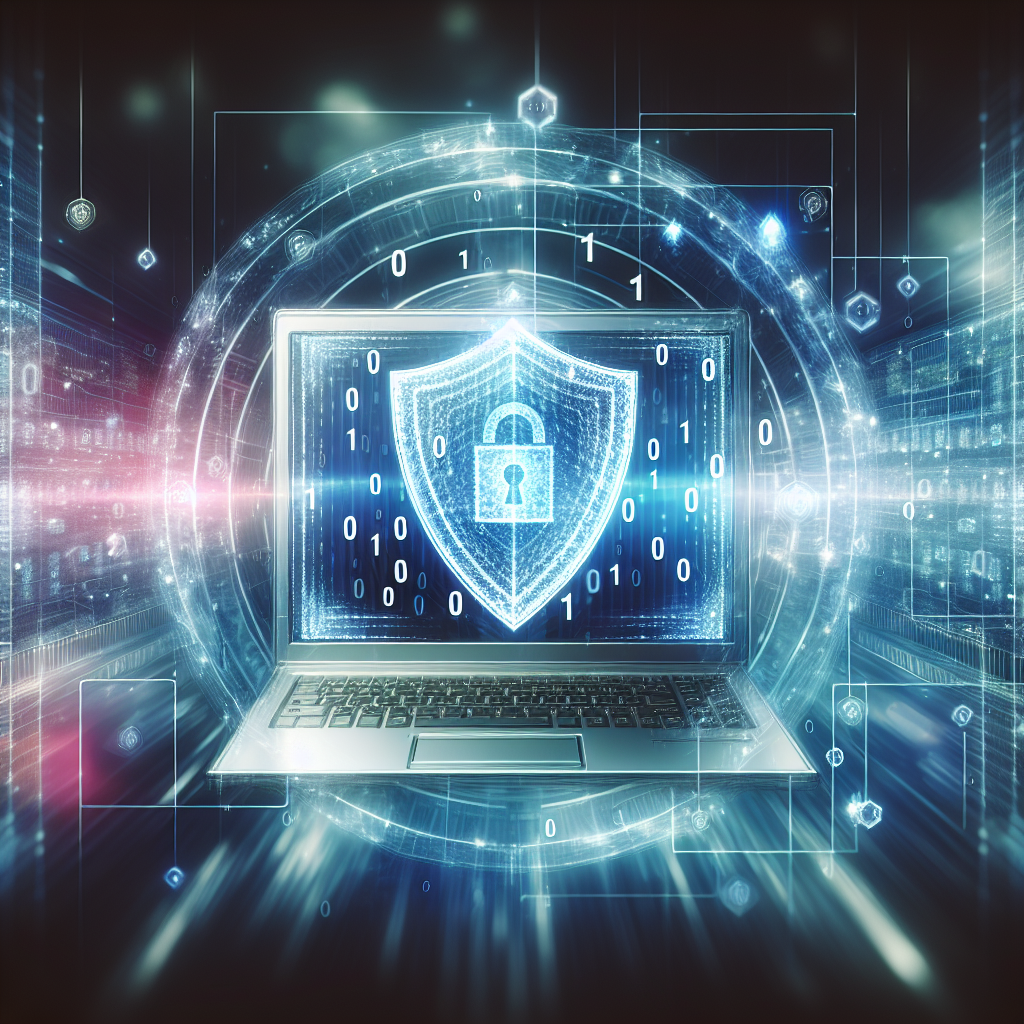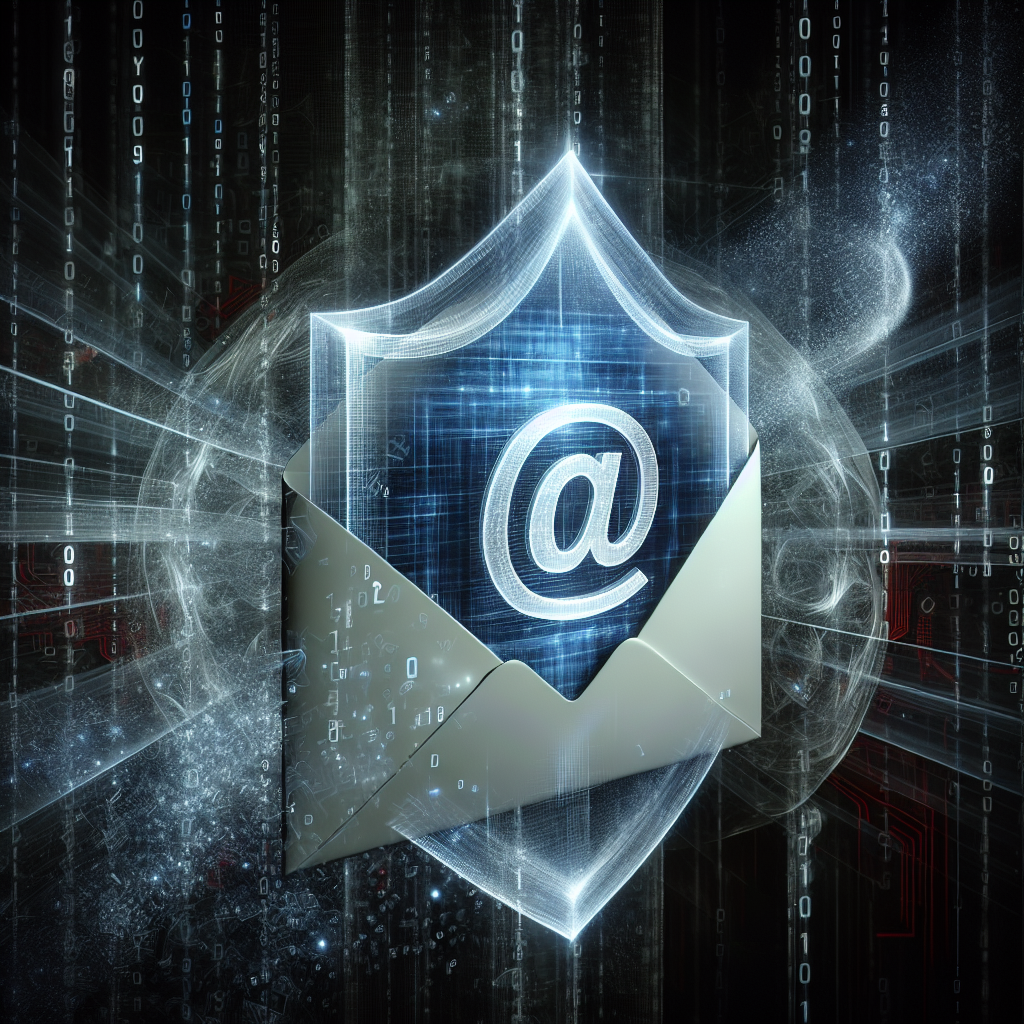In today’s digital age, it is more important than ever for beginners to understand the basics of online privacy. With the constant threat of data breaches and privacy violations, it is crucial to take proactive measures to protect your personal information. This guide will provide essential tips and tricks for beginners to safeguard their online privacy, from setting strong passwords and enabling two-factor authentication to being cautious about sharing personal information online. By following these simple steps, beginners can navigate the digital world with confidence and peace of mind, ensuring their privacy is secure in an increasingly connected world.
Understanding Online Privacy
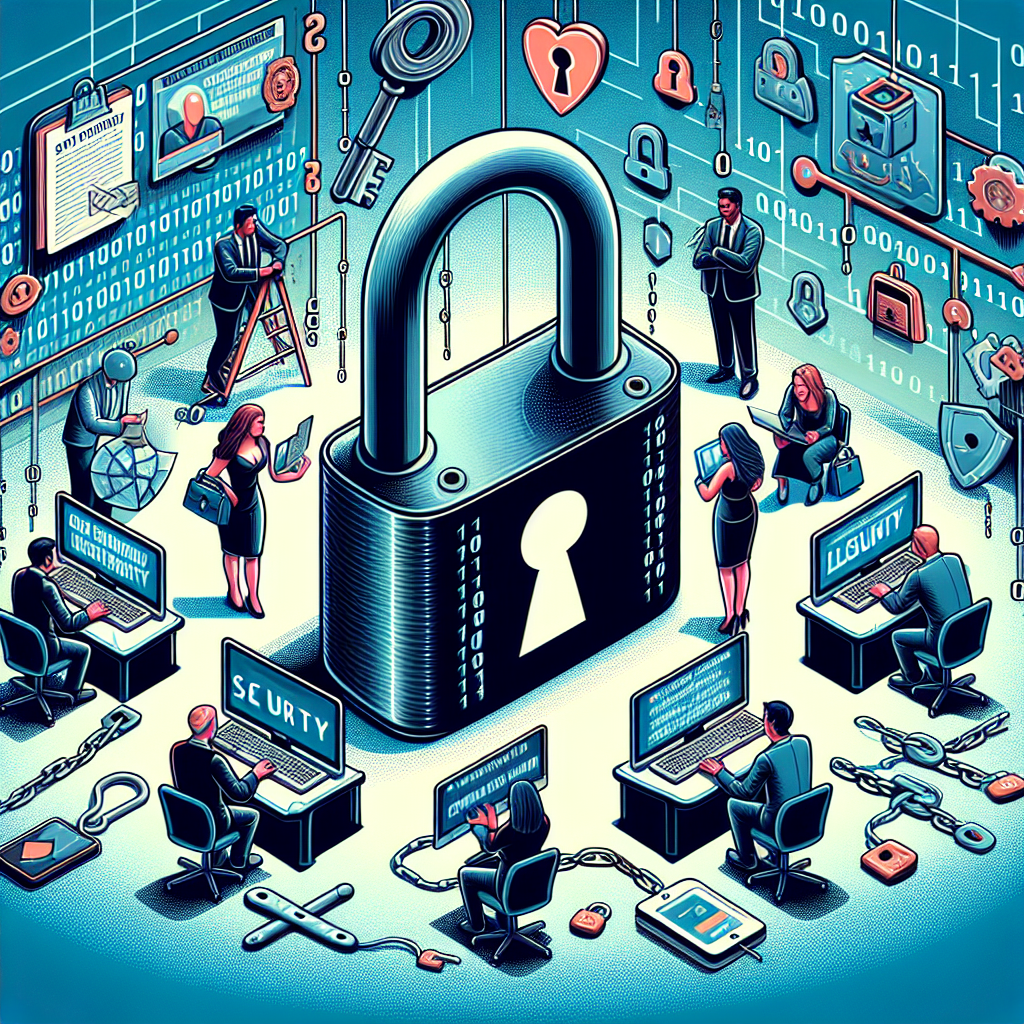
In the digital age, understanding online privacy is crucial for safeguarding personal information and maintaining security in the virtual realm. Online privacy refers to the ability of individuals to control what information they share about themselves online and who can access that information. This control is essential as it helps protect against various privacy threats that can arise from using the internet.
The importance of online privacy
Online privacy is important for several reasons, including:
- Protecting Personal Data: Safeguarding sensitive information such as financial details, contact information, and personal conversations from falling into the wrong hands.
- Preventing Identity Theft: Minimizing the risk of cybercriminals stealing personal data to commit identity theft or fraud.
- Maintaining Reputation: Ensuring that online activities do not negatively impact one’s reputation or future opportunities.
- Preserving Digital Footprint: Controlling the trail of data left behind from online interactions, which can affect privacy and security.
Common threats to online privacy
Various threats exist that can compromise online privacy, including:
- Data Breaches: Incidents where hackers gain unauthorized access to databases containing personal information.
- Phishing Attacks: Deceptive tactics used to trick individuals into revealing sensitive data, such as passwords or financial details.
- Tracking Technologies: Tools like cookies and trackers used to monitor online behavior and collect data without users’ consent.
- Social Engineering: Manipulative techniques employed to extract information from individuals through psychological manipulation rather than technical means.
Understanding these threats is essential for beginners to navigate the online landscape safely and protect their privacy effectively.
Creating Strong Passwords
Choosing a secure password
When it comes to choosing a secure password, there are several key factors to consider in order to enhance your online privacy and security.
-
Use a combination of letters, numbers, and symbols: A strong password should ideally be a mix of uppercase and lowercase letters, numbers, and special symbols. This complexity makes it more difficult for cyber attackers to crack your password through brute force methods.
-
Avoid using easily guessable information: Refrain from using easily accessible personal information such as your name, birthdate, or commonly used words. Hackers often employ social engineering tactics to guess passwords based on publicly available information.
-
Utilize password managers for added security: Password managers are tools that help generate, store, and autofill complex passwords for various online accounts. By using a password manager, you can maintain unique and strong passwords for each account without the need to remember them all yourself. This significantly reduces the risk of a security breach due to password reuse or weak password practices.
Implementing two-factor authentication
Two-factor authentication (2FA) is an essential layer of security that requires users to provide two different authentication factors to verify their identity. This method significantly enhances online security by adding an extra step to the login process. Implementing 2FA is crucial for beginners to protect their accounts from unauthorized access. Here are some key points to consider when setting up two-factor authentication on different platforms:
- Understanding the benefits of two-factor authentication:
- Two-factor authentication adds an extra security barrier beyond just a password, making it significantly harder for hackers to gain access to your accounts.
- Even if someone manages to obtain your password, they would still need the second factor (often a code sent to your phone or generated by an app) to log in successfully.
-
2FA provides an additional layer of security against phishing attacks, where malicious actors attempt to trick you into revealing your login credentials.
-
Setting up two-factor authentication on different platforms:
- Start by identifying which platforms and services offer 2FA. Most major online services such as Google, Facebook, Twitter, and banking institutions provide the option to enable 2FA.
- The setup process may vary slightly depending on the platform, but it typically involves going to your account settings, locating the security or privacy section, and enabling two-factor authentication.
- Choose the most secure 2FA method available, such as using an authenticator app like Google Authenticator or a hardware security key for added protection.
- Once set up, make sure to store backup codes provided by the platform securely in case you lose access to your primary 2FA device.
By implementing two-factor authentication on different platforms, beginners can significantly increase the security of their online accounts and protect their sensitive information from unauthorized access.
Safely Browsing the Internet
Using secure and encrypted connections
In order to enhance online privacy and protect sensitive information, it is crucial to prioritize using secure and encrypted connections. Here are some key tips for beginners to follow:
-
Connecting to websites using HTTPS: When browsing the internet, always look for websites that use HTTPS in the URL instead of just HTTP. The “S” stands for secure, indicating that the connection between your device and the website is encrypted. This adds an extra layer of security and helps prevent unauthorized access to your data.
-
Avoiding public Wi-Fi for sensitive activities: Public Wi-Fi networks are often unsecured, making it easier for hackers to intercept your data. Avoid conducting sensitive activities, such as online banking or accessing confidential accounts, when connected to public Wi-Fi. Instead, use a virtual private network (VPN) to create a secure connection and encrypt your internet traffic, even on public networks.
Being cautious with personal information
When it comes to safeguarding your online privacy, being cautious with personal information is paramount. Here are some essential tips to keep in mind:
-
Limiting the amount of personal information shared online: One of the most effective ways to protect your privacy online is to limit the amount of personal information you share. Be mindful of the details you provide on social media platforms, online forums, and other websites. Avoid oversharing sensitive information such as your full address, phone number, or financial details unless absolutely necessary.
-
Avoiding suspicious links and emails: Cybercriminals often use phishing emails and malicious links to trick individuals into revealing personal information. Be wary of unsolicited emails asking for personal or financial information. Avoid clicking on links from unknown sources, and always verify the authenticity of the sender before responding to any requests for sensitive data.
By being vigilant and proactive in managing your personal information online, you can significantly reduce the risk of falling victim to privacy breaches and identity theft.
Managing Social Media Privacy Settings
Reviewing privacy settings
When it comes to online privacy, one of the most crucial steps for beginners is reviewing and adjusting their social media privacy settings. This process involves delving into the various options provided by the platform to control who can view your posts and personal information. By taking the time to review and customize these settings, users can enhance their privacy and security online.
Adjusting who can see your posts and personal information
- Start by navigating to the privacy settings section of your social media account. This is typically found in the account or settings menu.
- Review the options available for controlling the visibility of your posts. You may be able to choose between making your content public, visible to friends only, or a custom selection of specific individuals.
- Consider the type of information you share on your profile and adjust the settings accordingly. For sensitive details such as your address or contact information, it is recommended to restrict access to trusted contacts only.
Understanding the implications of different privacy settings
- Take the time to understand the implications of each privacy setting offered by the platform. Public settings mean that anyone, including individuals outside your network, can view your content.
- Restricting access to friends only can provide a higher level of privacy, as only approved connections can see your posts.
- Custom settings allow you to fine-tune the visibility of individual posts or sections of your profile. This can be particularly useful for sharing content with specific groups or individuals while maintaining overall privacy.
By carefully reviewing and adjusting your social media privacy settings, you can take control of your online presence and protect your personal information from unauthorized access.
Being mindful of what you post
When it comes to managing social media privacy settings, being mindful of what you post is crucial for safeguarding your online privacy. Here are some key points to consider:
-
Avoid sharing sensitive information publicly: Before posting anything on social media platforms, think about the potential consequences of sharing personal details such as your full name, address, phone number, or financial information. Hackers and identity thieves can exploit this information if it falls into the wrong hands.
-
Understanding the permanence of online posts: It’s essential to realize that once you post something online, it can be challenging to completely erase it. Even if you delete a post, there’s a possibility that it has already been screenshotted or shared by others. Therefore, always think twice before sharing anything that you wouldn’t want to be associated with in the long term.
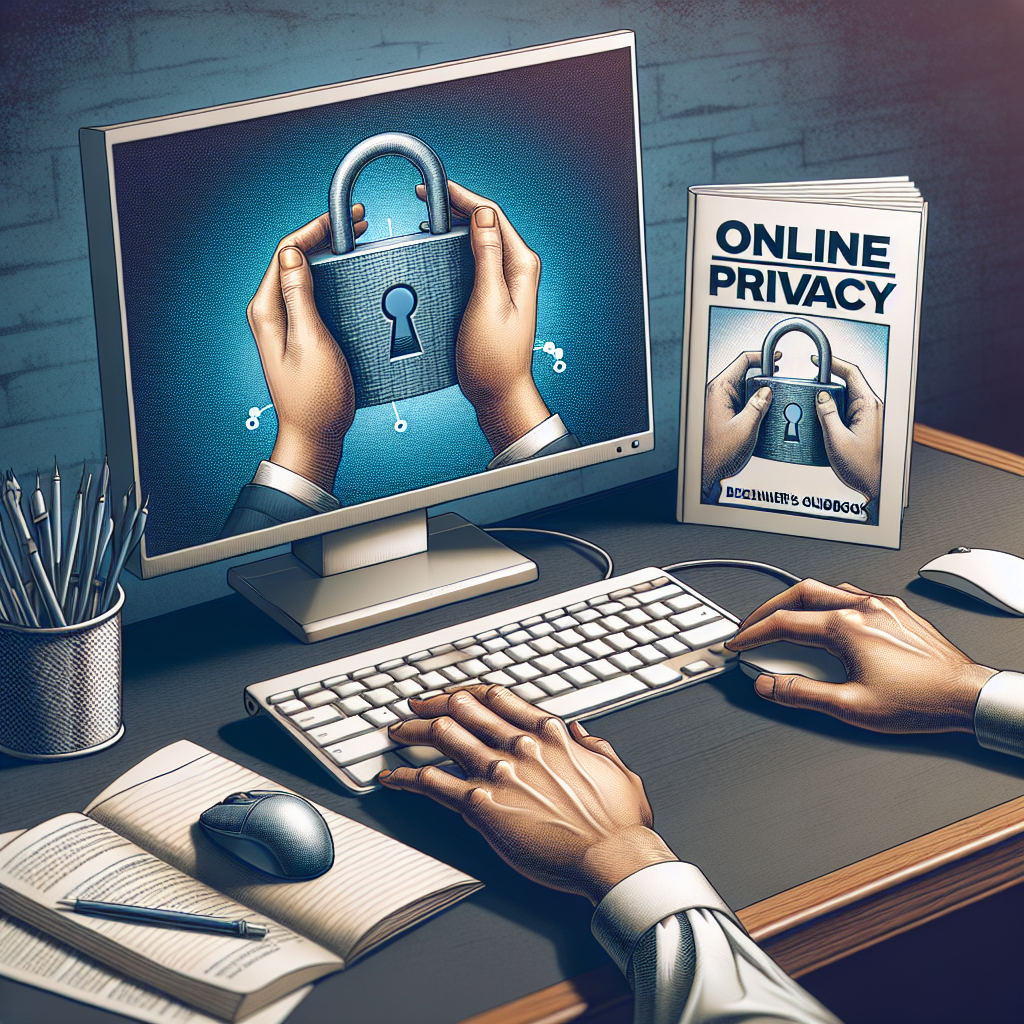
Securing Your Devices
Keeping software up to date
Regularly updating the software on your devices is crucial for maintaining online privacy and security. Here are some key points to consider:
- Importance of software updates for security
- Software updates often include patches for vulnerabilities that hackers can exploit to gain access to your device.
- Failure to update software promptly can leave your device susceptible to malware, ransomware, and other cyber threats.
-
Hackers are constantly developing new techniques to penetrate outdated software, making regular updates essential to stay protected.
-
Setting up automatic updates for devices
- Enabling automatic updates ensures that your device receives the latest security patches as soon as they become available.
- This feature eliminates the need for manual intervention and helps keep your software current without requiring constant monitoring.
- Automatic updates are a convenient way to stay protected without having to remember to check for software updates regularly.
Using antivirus software
Antivirus Software
Installing and regularly updating antivirus programs is crucial in maintaining the security of your devices. Antivirus software helps detect and remove malicious software, such as viruses, worms, and trojans, that can compromise your online privacy. By keeping your antivirus up to date, you ensure that it is equipped to identify and address the latest threats circulating on the internet.
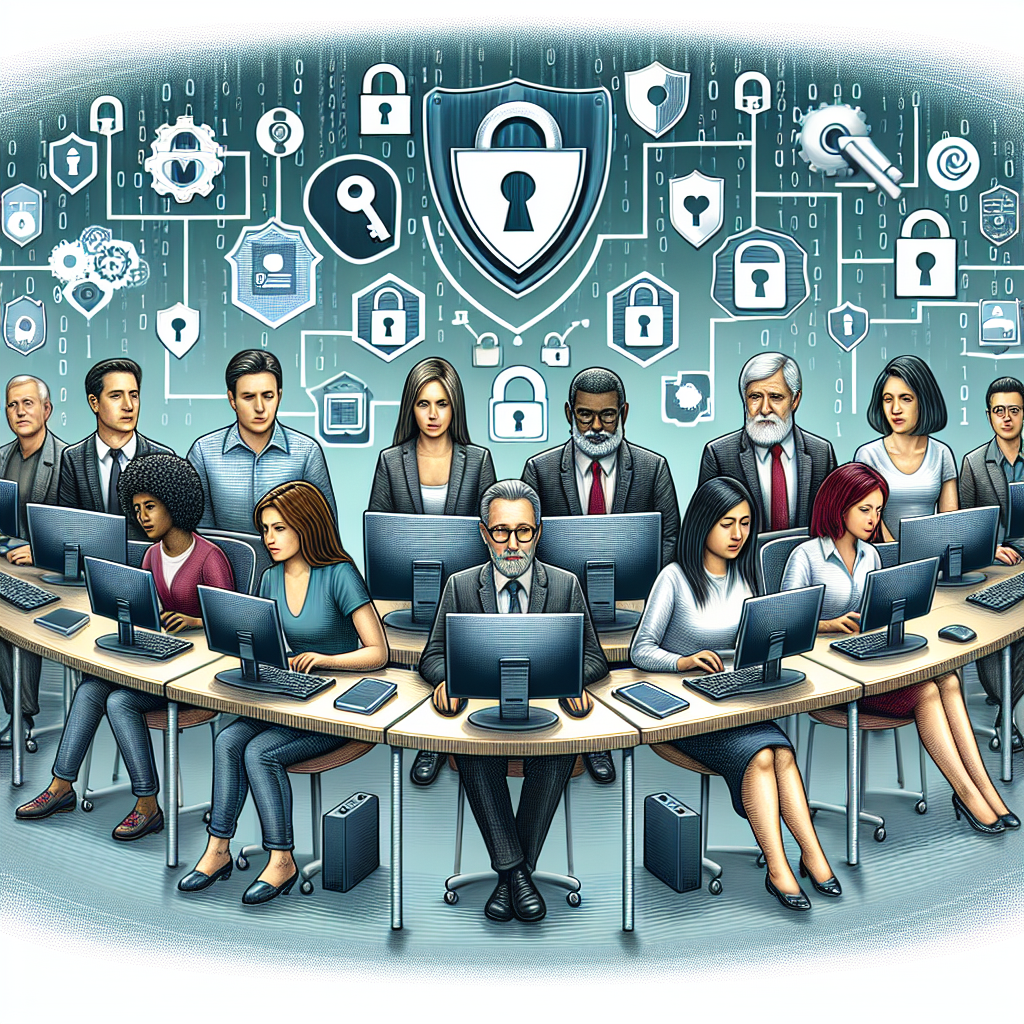
Scanning devices for potential threats should be a routine practice to proactively safeguard your data. Regular scans help identify any suspicious files or programs that may have infiltrated your device without your knowledge. By running thorough scans, you can detect and eliminate any potential threats before they cause harm to your privacy and security. Remember, prevention is key when it comes to protecting your online information.
Understanding Data Privacy Policies
Reading and understanding privacy policies
Understanding Data Privacy Policies
When it comes to protecting your online privacy, one of the first steps is to carefully read and understand privacy policies set forth by websites and online services. Here are some key points to keep in mind:
-
Knowing how companies collect and use your data: Privacy policies outline how companies collect, store, and use your personal information. It is crucial to understand what data is being collected, whether it is personally identifiable information or anonymous data, and how it will be utilized.
-
Opting out of data collection when possible: Some privacy policies provide options for users to opt out of certain types of data collection or sharing. Look for settings or preferences within the platform that allow you to control what information is being collected about you. Be cautious of companies that do not offer opt-out choices or make it difficult to find and adjust your privacy settings.
Protecting your personal information
When it comes to protecting your personal information online, there are several key strategies to keep in mind. Here are some essential tips to help safeguard your privacy:
-
Create Strong, Unique Passwords: Utilize complex passwords that include a mix of letters, numbers, and special characters. Avoid using easily guessable information like your birthdate or pet’s name.
-
Enable Two-Factor Authentication (2FA): Add an extra layer of security to your accounts by enabling two-factor authentication. This typically involves receiving a code on your phone that you must enter along with your password.
-
Be Mindful of Phishing Attempts: Watch out for suspicious emails or messages that ask for your personal information. Avoid clicking on links or downloading attachments from unknown sources.
-
Review Privacy Settings: Regularly review the privacy settings on your social media accounts and other online platforms. Adjust these settings to limit the amount of personal information that is visible to others.
-
Use Secure Wi-Fi Networks: When accessing the internet in public places, avoid using unsecured Wi-Fi networks. These networks can be easily compromised, putting your personal data at risk.
-
Consider Using a Virtual Private Network (VPN): A VPN encrypts your internet connection, providing an extra layer of privacy and security when browsing online. This can help protect your data from potential hackers or snoopers.
By implementing these measures and staying vigilant about your online activities, you can take proactive steps to protect your personal information and enhance your overall online privacy.
FAQs – Online Privacy Tips for Beginners
What are some basic online privacy tips for beginners?
In order to protect your online privacy as a beginner, make sure to use strong, unique passwords for each of your accounts, enable two-factor authentication when available, avoid sharing personal information on public forums or social media, be cautious of phishing scams, regularly update your devices and software, and use a reputable virtual private network (VPN) when connecting to public Wi-Fi networks.
Why is it important to prioritize online privacy?
Prioritizing online privacy is crucial in order to safeguard your personal and sensitive information from cyber criminals and hackers. By implementing the necessary privacy measures, you can prevent identity theft, data breaches, and other potential risks associated with sharing too much information online.
How can I protect my online privacy while using social media?
To protect your online privacy while using social media platforms, adjust your privacy settings to limit the information that is visible to the public, be mindful of the content that you share and the people you connect with, avoid clicking on suspicious links or downloading unknown apps, and be cautious of third-party applications that may access your data.
What should I do if I suspect my online privacy has been compromised?
If you suspect that your online privacy has been compromised, act quickly to secure your accounts by changing your passwords, enabling two-factor authentication, and reporting any suspicious activity to the platform or service provider. It is also recommended to regularly monitor your accounts for any unusual activity and consider reaching out to a cybersecurity professional for further assistance.
